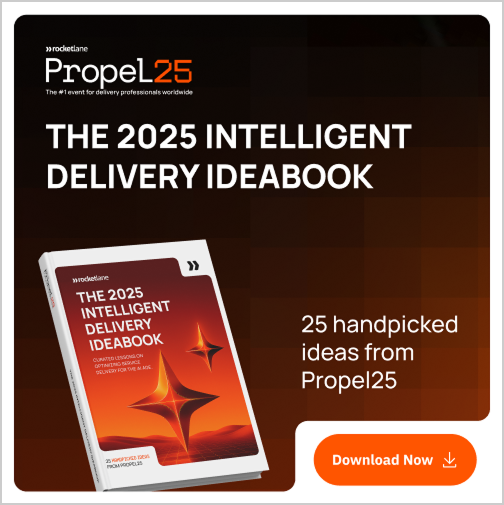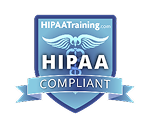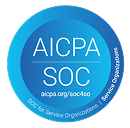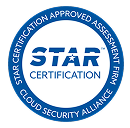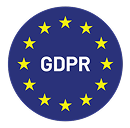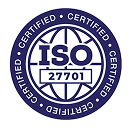The right people on the right projects at the right time. That’s how resource management translates into profitability and sustainability for consulting firms.
However, managing resources without the right tools is a challenge – one that leads to missed opportunities, overworked teams, and revenue leakage. This is where consulting resource management software steps in.
Designed to match skills to project needs, optimize billable utilization, and streamline scheduling, the right resource management software helps consulting firms focus on sustained profitability and client satisfaction.
In this article, we will cover:
- What is consulting resource management software? What makes it unique?
- Common resource management challenges in consulting and how to solve them
- Key features to look for in consulting resource management tools
- 5 of the best consulting resource management software in 2025
- FAQs on consulting resource management software
What is consulting resource management software?
Consulting resource management software is a tool designed to help consulting firms allocate, schedule, and optimize their workforce across multiple projects.
Unlike generic resource planning tools, it caters to the fast-paced, project-driven nature of consulting. The best consulting resource management solutions provide real-time visibility into resource availability, integrate with project management workflows, and use AI-driven insights to match the right consultants to the right projects at the right time.
How is resource planning different for consulting firms?
While resource management challenges like overallocation and utilization tracking are well-known, here are some lesser-discussed hurdles when it comes to resource management for consulting:
- Absence of a dedicated resource management office (RMO) or personnel: Some consultancies lack a specialized resource manager, making project allocation time-consuming and effort-intensive while increasing the risk of inefficiencies. Assigning the right people to the right projects becomes challenging without a structured approach. AI-driven skill matching streamlines this process, ensuring optimal resource allocation and better project outcomes.
- Inefficient resource forecasting: Many firms struggle to predict which consultants will be available in the near future. This makes it difficult to align new project commitments with resource capacity. This uncertainty opens them up to the risk of underutilization and disengagement.
The right consulting resource management software provides real-time visibility into availability, helping firms proactively allocate talent to billable work, internal initiatives, or skill development. - Administrative fatigue: Time spent on resource allocation, tracking, and reporting adds invisible overhead. Senior consultants often spend hours navigating resourcing conflicts instead of delivering value, reducing billable time. Even with time tracking, firms lose millions in unbilled hours due to admin work, scope creep, and inefficient processes.
The right resource management software automates scheduling, utilization tracking, and reporting—eliminating manual spreadsheets and guesswork. AI-powered forecasting helps firms optimize workloads and reduce non-billable administrative burdens, ensuring that consultants spend more time on client work. - Mid-project demands or skill gaps: Unexpected knowledge gaps emerge when project requirements evolve. Without a dynamic reskilling or upskilling plan, consulting teams struggle to adapt, leading to missed deadlines or suboptimal deliverables.
A robust resource management tool maps consultant skills to project needs, flagging gaps before they cause delays. AI-driven recommendations can suggest internal experts or available talent with adjacent skills, reducing reliance on last-minute hiring or overburdening key employees. - Competing client priorities: When high-value clients demand top consultants, resource conflicts are bound to arise. This creates tension between revenue-driven assignments, maintaining balanced workloads across teams, and ensuring client satisfaction.
Advanced resource scheduling software helps firms balance competing priorities by automating assignment decisions based on consultant availability, project timelines, and client commitments. It ensures that high-value consultants are deployed strategically while maintaining fair workloads.
7 key features to look for in a consulting resource management tool
Choosing the right resource management tool for a consulting firm goes beyond basic scheduling. The right platform should improve visibility, optimize workforce utilization, and align with business goals. Here are some critical and often overlooked features to consider:
1. AI-powered resource planning and allocation capabilities
A good resource management tool should go beyond static calendar-based scheduling. It should:
- Factor in key constraints such as skill sets, regional requirements, time-offs, and contractual limitations to optimize resource allocation
- Enable scenario planning by modeling different allocation strategies and their impact before committing changes.
- Provide real-time insights into profitability, costs, and utilization to support data-driven decisions.
- Support dynamic reallocation by adjusting assignments based on shifting priorities without disrupting ongoing work.
2. Skills database and intelligent matching functionality
Matching consultants to projects based on skills and experience is critical. A strong tool should:
- Maintain a detailed skills inventory, including skills, past projects, and industry experience.
- Use AI-powered matching to recommend the best-fit consultant for each assignment.
- Track learning and development progress to help firms upskill their workforce and bridge competency gaps.
3. Capacity planning tools for long-term forecasting
Resource planning needs to account for future demand. An effective tool should:
- Provide demand forecasting to anticipate hiring needs and potential resource shortages.
- Identify seasonal trends in utilization to prepare for peak and low-demand periods.
- Offer what-if scenario modeling to help firms assess the impact of project delays or unexpected client demands.
4. Utilization tracking and real-time reporting
Maximizing billable hours without overloading consultants requires detailed tracking. The right resource management tool should:
- Distinguish between billable and non-billable time to ensure profitability.
- Provide role-based utilization insights, helping managers see which consultants are overworked or underutilized.
- Offer predictive analytics to spot inefficiencies and recommend adjustments before they impact delivery.
5. Integration with project management, billing, and invoicing workflows
A disconnected tech stack leads to inefficiencies. The best resource management tools should:
- Integrate with financial software to link resource allocation with revenue tracking and invoicing.
- Connect with HR platforms to align resource planning with hiring, onboarding, and training.
- Sync with project management tools to ensure alignment between planned and actual work done.
6. Soft allocation and shadow resource planning
Many firms struggle with anticipating demand because they lack visibility into tentative assignments. A sophisticated tool should:
- Support soft allocation, where resources are tentatively assigned before confirmation, allowing firms to plan ahead.
- Provide shadow planning, enabling firms to consider placeholder or backup resources at the planning stage
7. Client-side visibility and collaboration features
Clients often request insights into project progress and consultant allocation. A well-equipped resource management platform should:
- Offer client-facing dashboards for transparency into project resourcing.
- Allow secure external access to relevant schedules and reports.
- Support collaborative feedback mechanisms for clients to provide input on resource performance.
Top 5 consulting resource management software in 2025
The right resource management software can make the difference between profitable projects and constant firefighting. Here are the top five solutions leading the way in 2025:
1. Rocketlane: Designed for intelligent resource management and client collaboration
Rocketlane is purpose-built for consulting and professional services teams, offering a complete end-to-end tool for resource planning, project management, and client engagement.
Instead of managing resource planning, project management, and client engagement through separate tools, a unified Professional Services Automation (PSA) solution like Rocketlane streamlines everything in one place. You get real-time visibility into resource availability, workloads, and project progress so you can quickly adapt to changes in scope, timelines, or priorities without tedious, repetitive updates across disconnected tools. Rocketlane seamlessly aligns resources, projects, and client interactions to help you avoid scheduling conflicts, prevent overallocation and underutilization, and consistently deliver high-quality outcomes.
Key features:
- Resource AI: Helps you build the ideal team based on your goals—whether you're optimizing for profit, skills, or workload—while accounting for availability, expertise, and capacity.
- Integrated resource and financial planning: Bridges the gap between planning and profitable delivery by aligning resources and budgets to forecast costs accurately, optimize allocation, and maximize project profitability.
- Templatized resource plans: Define resource requirements once and reuse them for similar projects.
- Auto-allocation: Dynamically assigns resources based on workload and availability to avoid over-allocation.
- Skills Matrix: A centralized library of skills mapped to employees, making it easier to find the right fit for a project.
- Utilization tracking: Real-time insights into who is available, overbooked, or underutilized.
- Integrated time tracking: Automatically links resource plans with time tracking for accurate billing and utilization analysis.
- Forecasting and capacity planning: View weekly, monthly, and quarterly resource availability.
- Client portal: Provides clients with visibility into project status and team allocation, reducing back-and-forth communication.
Why trust Rocketlane for consulting resource management
Rocketlane, built for consulting and professional services firms, streamlines resource management and helps you adapt instantly to changes in scope, timelines, or priorities—without manual rework or fragmented updates. At the same time, it proactively eliminates inefficiencies – by surfacing skill gaps or overallocation – before they derail your projects.
Rocketlane is designed to keep every part of your consulting business in sync, ensuring that resource management, project execution, and profitability are always aligned. Here’s how:
- Accommodates diverse consulting workflows: Your consulting firm likely handles a range of services—consulting, implementation projects, managed services, and custom development. Rocketlane’s flexibility and robust capabilities ensure you can allocate resources and do capacity planning effectively for different business activities.
“Being able to see my utilization, not just today, but also in the future, has been huge. I use this feature constantly. It’s a core component of how I manage my day-to-day work.”
— Carrie Blake, Consultant, Flycast Partners
- Leverages AI-powered resource allocation: Rocketlane’s Resource AI makes resource allocation smarter, faster, and more strategic. Instead of spending hours matching projects to the right people, it considers utilization rates, skill sets, and profit margins to assemble the best-fit team instantly. It supports three approaches for the right balance of flexibility and precision:
- Load balancing: Distributes work evenly across your team by allocating resources with the lowest forecasted utilization to prevent burnout and underutilization.
- Maximum margin: Prioritizes profitability by assigning team members with the most favorable cost-to-bill ratios to improve overall project margins.
- Manual allocation: Allows you to handpick resources based on specific project needs or strategic priorities, giving you control over complex or high-stakes projects
- Improves utilization rates: Rocketlane gives you a clear view of resource utilization at both granular and broad levels—daily, weekly, or months ahead. This level of visibility helps you forecast accurately and make strategic decisions to optimize resource management.
“The platform allows us to monitor resource utilization at both a micro and macro level, from the current day and week to months in advance, enabling more strategic planning and decision-making.”
— Michael Fowler, Project Manager
To find out how Rocketlane can help your consulting team boost utilization and deliver projects seamlessly, sign up for a demo with our experts.
2. Mosaic
Mosaic focuses on AI-driven workforce planning, making it ideal for firms looking to optimize long-term staffing and project assignments. It eliminates much of the guesswork in workforce planning by providing predictive insights.
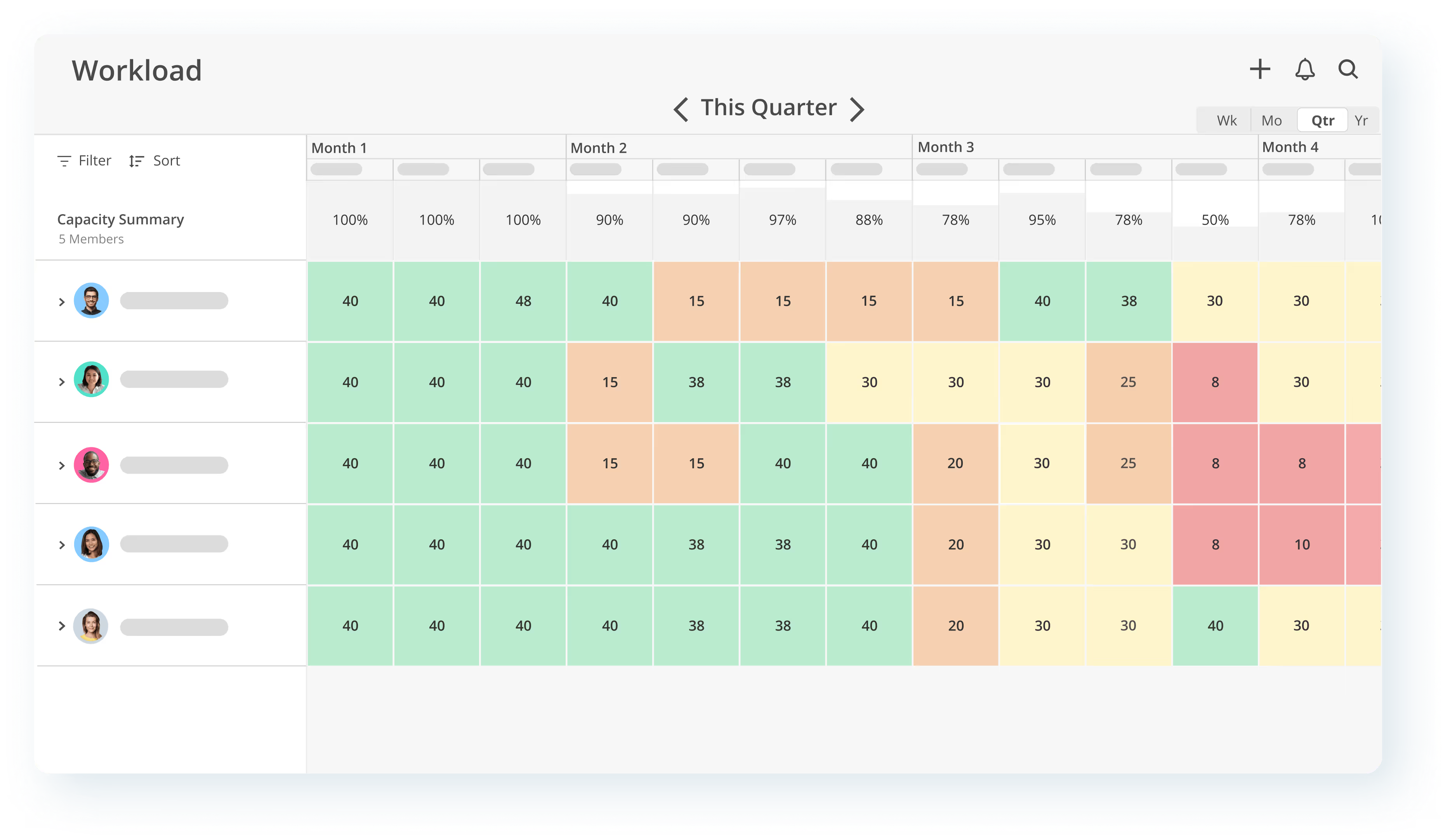
Key features
- AI-powered resource forecasting to predict demand and prevent underutilization.
- Dynamic dashboards for real-time workforce insights.
- Automated recommendations for hiring and staffing adjustments.
- Integrations with financial and project management tools for a holistic view of resource planning.
Where it falls short
The tool is more focused on high-level workforce planning rather than real-time project resource allocation, making it less suitable for firms that need daily scheduling adjustments.
Ideal for
Mosaic is a great fit for firms managing large, dynamic teams. However, its approach may not suit firms that prefer more hands-on control over resource allocation.
3. Float
Float offers a highly visual and intuitive approach to resource planning, making it a popular choice for firms managing multiple projects simultaneously.
Float is easy to use, with a clean, visual interface that makes scheduling straightforward.
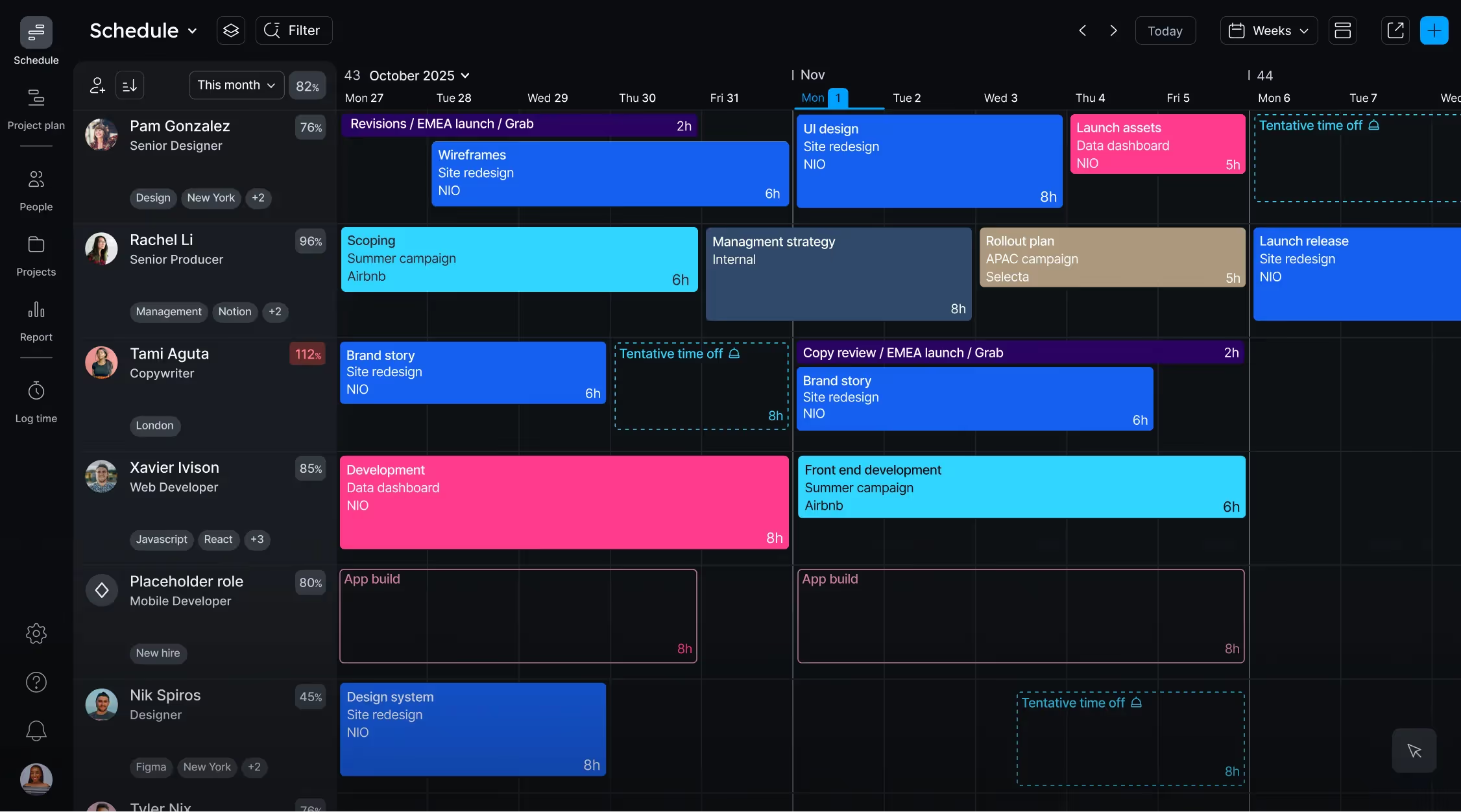
Key features
- Drag-and-drop interface that ranks high on ease of use
- Real-time availability tracking.
- Team workload balancing to prevent overbooking.
- Integrations with popular project management tools.
Where it falls short
While it’s great for quick scheduling given its easy-to-use interface, larger firms with more complex and customized resourcing needs may find it limiting.
Ideal for
Float is a good fit for teams that need a simple way to allocate resources without overcomplicating the process.
4. Saviom
Saviom is designed for enterprises with complex resource planning requirements, offering deep analytics and forecasting capabilities.
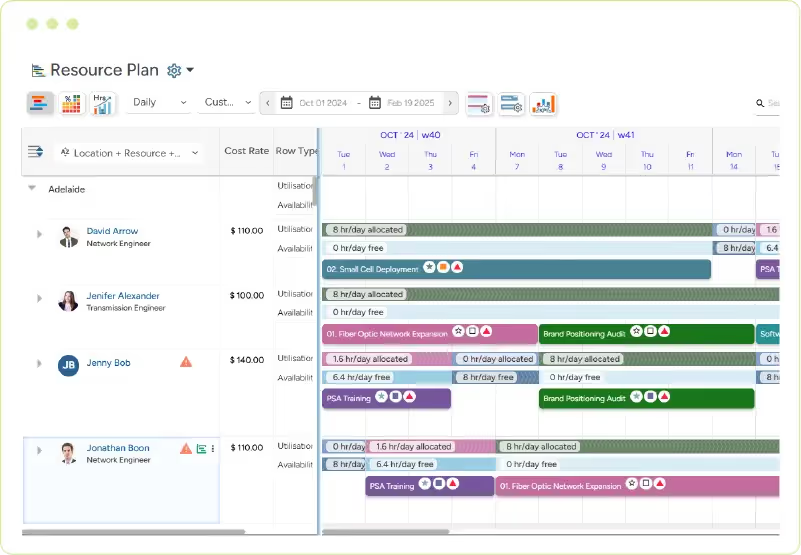
Key features
- Predictive analytics for long-term resource planning.
- Configurable dashboards with advanced reporting.
- Workforce distribution tools for managing global teams.
- Scenario planning to optimize resource allocation.
Where it falls short
The platform offers extensive configurability but has a steep learning curve, making it challenging for small and mid-sized consulting firms to adopt it without dedicated resources/support.
Ideal for
Saviom is a strong choice for large enterprises that require advanced forecasting and workforce distribution capabilities. Its predictive analytics help firms make long-term decisions about hiring, capacity, and resource allocation.
5. Kantata (formerly Mavenlink)
Kantata offers resource planning, financial management, and collaboration features for consulting firms and professional service organizations. It provides useful capabilities for optimizing resource allocation and tracking budgets. However, service delivery often spans multiple systems, with the lack of dynamic, real-time updates necessary for end-to-end visibility and seamless project management and execution.
.avif)
Key features
- Centralized resource scheduling and allocation
- Resource utilization tracking
- Dynamic capacity planning to adjust resource allocation in real time
- Budgeting, forecasting, and revenue tracking to track financial performance
Where it falls short
Kantata offers a range of tools designed to support various aspects of service management, though it’s not built for comprehensive, end-to-end project oversight. Its complexity and rigidity mean that it comes with a steep learning curve. Smaller consulting firms may find its feature set and scattered workflows to be overwhelming, while enterprises will need to dedicate resources and time to benefit from it,
Ideal for
Kantata is well-suited for enterprise-level consulting firms that need a balance of resource planning and financial oversight, and have the budgets and resources to configure it to their needs.
FAQs on consulting resource management software
1. What exactly is consulting resource management software?
Consulting resource management software helps consulting firms allocate and manage their workforce efficiently across multiple projects. It provides visibility into team availability, skills, and workload distribution, ensuring better resource utilization and project execution.
2. How is a consulting resource management tool different from project management software?
While project management software focuses on task execution and deadlines, a consulting resource management tool is designed to manage people—matching the right talent to the right projects, balancing workloads, and ensuring optimal utilization.
3. What are the key benefits of using capacity planning software for consultants?
Capacity planning software for consultants helps firms:
- Predict and plan for future workload demands
- Optimize billable hours and reduce non-utilized time
- Prevent employee burnout by balancing workloads
- Improve hiring decisions based on demand forecasting
- Enhance project delivery timelines by aligning resources effectively
4. What features should I look for in consulting resource management software?
The most critical features for resource management in consulting include:
- Resource forecasting to anticipate demand and prevent bottlenecks
- Skills-based allocation to ensure the best match between people and projects
- Utilization tracking to monitor workload and maximize billable hours
- Capacity planning to manage team availability and long-term hiring needs
- Real-time scheduling to quickly adjust assignments as project needs evolve
5. How exactly does consulting resource management software improve profitability?
By reducing inefficiencies in resource allocation, firms can increase billable utilization, prevent costly overallocation, and make more accurate financial forecasts. This leads to better project profitability and more predictable revenue streams.
6. What other business tools should consulting resource management software integrate with?
Look for solutions that integrate with project management, CRM, and financial systems to create a seamless workflow. This ensures that resource planning aligns with project execution, invoicing, and client management.
7. How do I choose the right consulting resource management software for my firm?
Consider factors such as team size, project complexity, and required features. Look for software that offers forecasting, automation, and real-time visibility into resource utilization. If you need real-time collaboration with clients, ensure the tool supports external stakeholder access and communication.
